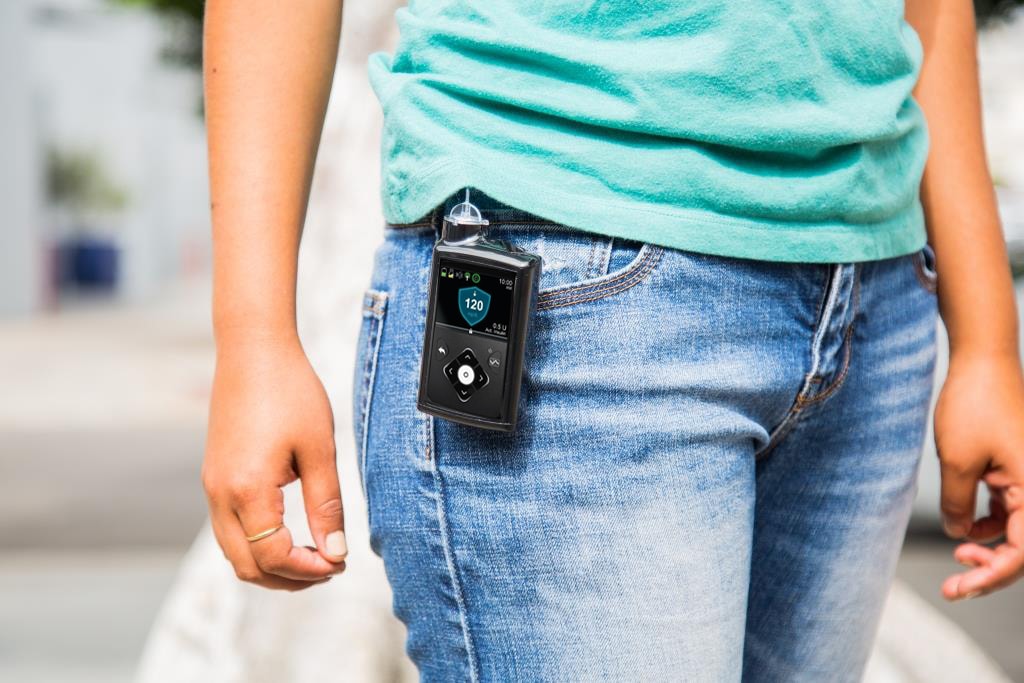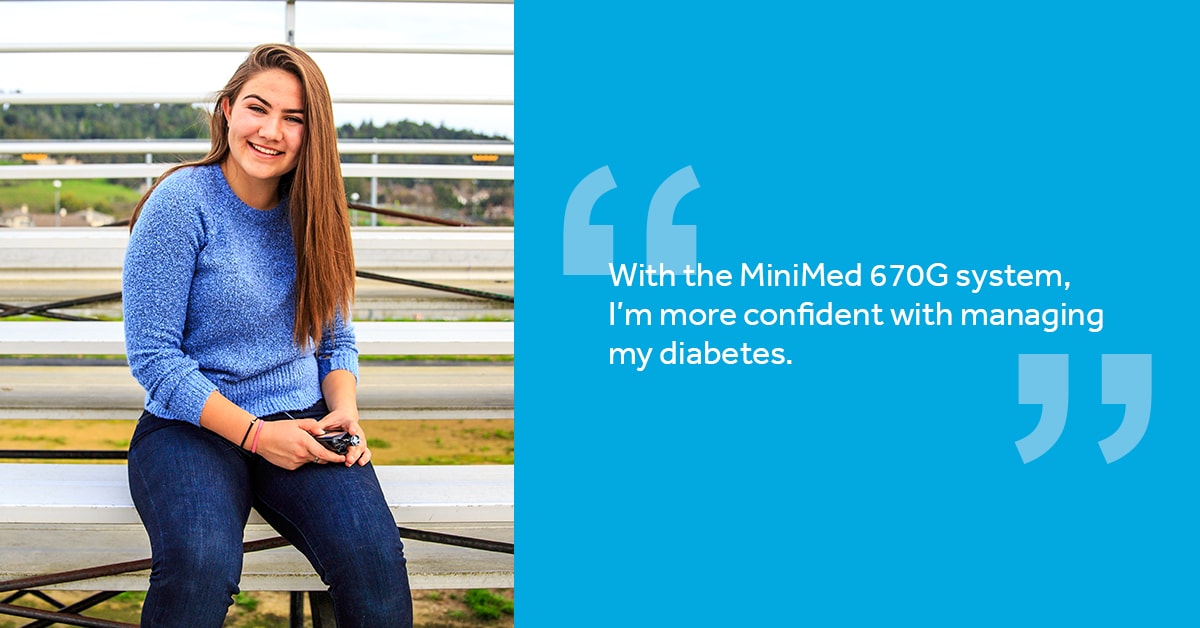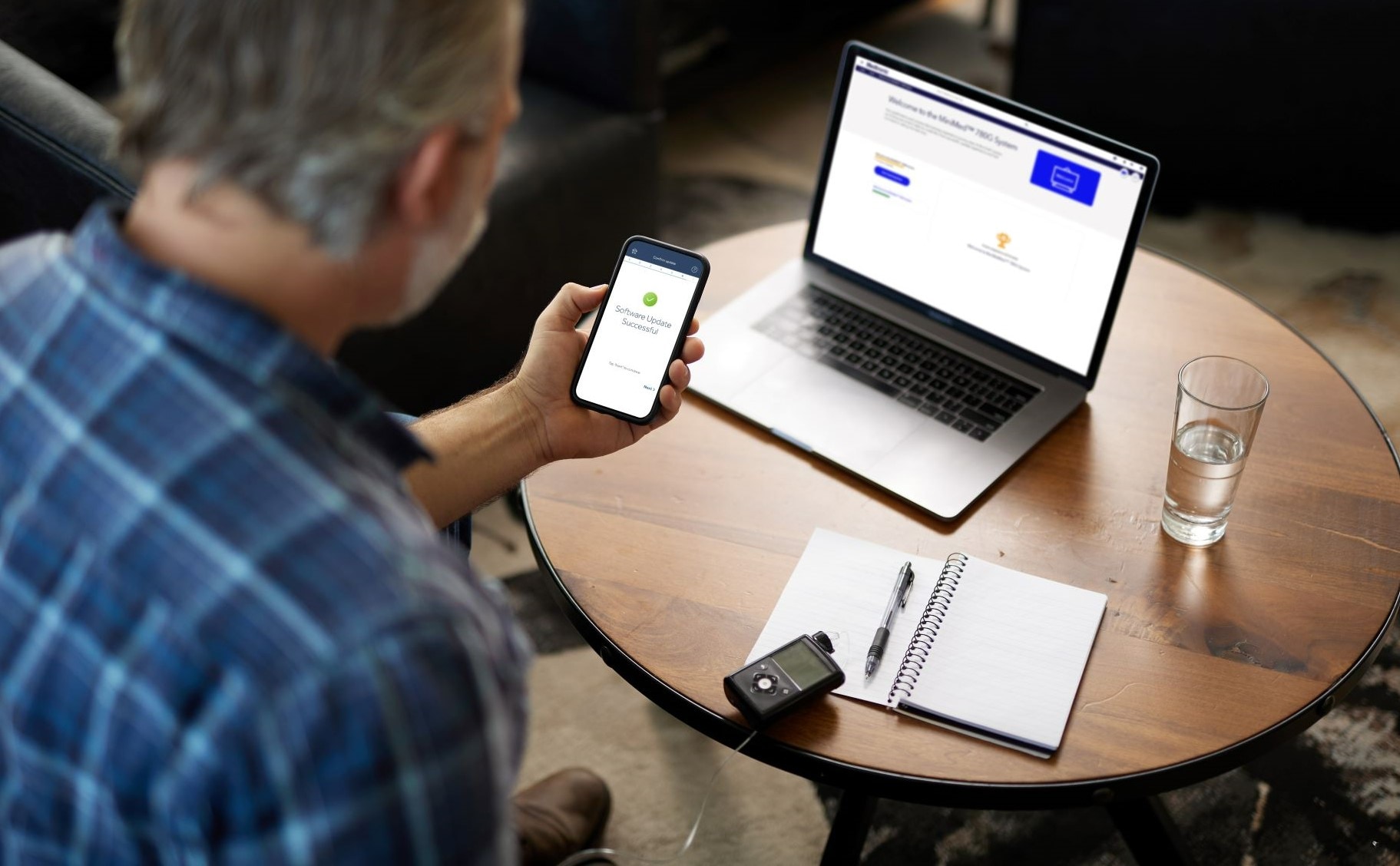On targets and staying in range with the MiniMed™ 670G system

Almost seven years ago, I became the Chief Medical Officer at Medtronic Diabetes to work with the teams developing the closed loop system. I knew that it was the right time for this advancement in diabetes technology and I wanted to be part of it despite knowing there would be challenges on many fronts. But with the help of hundreds of engineers, scientists, clinicians and product development people at Medtronic and as the result of many successful clinical trials and the final pivotal trial, the FDA approved the MiniMedTM 670G system for commercial release. This was a truly exciting moment, and my Medtronic colleagues and I are proud to be the first to make such an innovative therapy available to those living with type 1 diabetes.
To gain FDA approval for people with type 1 diabetes, 14 years of age and above, we did our pivotal study and found the following results:
1. The MiniMedTM 670G system is safe.
2. The system increased the percent of glucose values in the acceptable target range (between >70 and 180 mg/dL), without increasing lows.
3. The MiniMedTM 670G system is capable of dynamically delivering basal insulin throughout the day and night.
But like most clinical trials and new commercial products, numerous questions have also arisen. I would like to take this opportunity to address one of the most common questions that have been presented to me as I’ve crossed the country talking about the MiniMedTM 670G system – Why 120?
Question: “Why was 120 mg/dL chosen as the target for Auto Mode in the MiniMedTM 670G system?”
The goal of the MiniMedTM 670G system is to increase the time with glucose values in the target range of 70-180 mg/dL. This is what is most important and what allows you to feel better more of the time, allowing you to focus more on the people and activities that you love. To do that, a single mid-point target of 120 mg/dL is used by the algorithm (the mathematics) to automatically deliver basal insulin. While many people might think the target should be lower, we showed in the pivotal trial that this target can decrease A1C – the mean A1C of the 124 study subjects went from 7.4% to 6.9%, while also decreasing the amount of time spent with low glucose values. In addition, over the 12,000 patient days of hybrid closed-loop use by the study subjects, there were no episodes of severe hypoglycemia or diabetic ketoacidosis (DKA) – showing that this target is safe and effective in improving glucose control.
Question:“If I use the MiniMedTM 670G system, will my glucose always be at 120 mg/dL?”
No. The people in the clinical trial and those who are part of the Customer Training Phase of the commercial rollout see many different numbers on the blue shield of their pumps – some higher and some lower. But the important thing is that they’re spending more time in range of 70-180 mg/dL and a lot less time with lows or highs. The 120 mg/dL target just gives the system something to work toward, a mechanism that allows the system to achieve that bigger, more important goal of more time in range.
Question:“My personal BG target is lower than 120 mg/dL. Will my A1C go up if I use the Auto Mode feature?”
The results of the MiniMedTM 670G pivotal trial showed that study participants decreased their A1C levels with the system using 120 mg/dL as the target. The average time spent in the range of >70-180 mg/dL also increased to 72% during the day and 75% at night. Overall, there were fewer highs and fewer lows. This is what we want to see. In addition, an average glucose value of 120 mg/dL equates to an A1C of 6% - showing that targeting 120 mg/dL should lead to the kind of A1C levels that are the suggested goal of the American Diabetes Association.
Question:“Why can’t my endocrinologist and I decide on a target glucose value?”
The MiniMedTM 670G system uses mathematics (a control algorithm) to determine how much basal insulin should be delivered every 5 minutes. The algorithm determines at 5 minute intervals how much insulin to give by assessing the present glucose value, its rate of change, how much insulin has been given and how much is active, and the sensitivity to insulin. It does this continual assessment and targets the insulin dosages it gives to get the glucose to as close to 120 mg/dL as possible, and with as many glucose values between 70 to 180 mg/dL as possible. Through all of the studies we have done, the 120 mg/dL target has been effective and safe – and therefore that is a fixed target in the system that cannot be changed.
Question: “How can I find out more about the MiniMedTM 670G system clinical trial results?
You can learn more about the MiniMed 670G system clinical trial results here:
http://jamanetwork.com/journals/jama/article-abstract/2552454
http://online.liebertpub.com/doi/full/10.1089/dia.2016.0421
I hope this helps you understand why 120 mg/dL is the target and 70-180 mg/dL is the target range. The most important aspect of the MiniMedTM 670G system is that it should be safe and more effective than what the person with diabetes can do on their own – thereby reducing the burden of managing this disease. I couldn’t be more excited about the MiniMedTM 670G system and I look forward to entering this new era in diabetes therapy with all of you.



